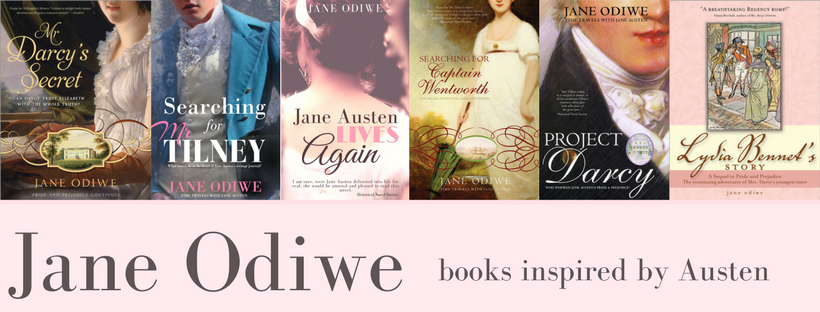 It is thought that Jane Austen first started writing a version of Pride and Prejudice as early as 1796. After her father's unsuccessful attempt to have it published the following year she put it aside, revising it later and eventually having the joy of seeing it published in 1813. Many people have tried to work out a calendar for the book. The only initial clue to the years in which Jane set her novel comes from a letter from Mr Gardiner:
It is thought that Jane Austen first started writing a version of Pride and Prejudice as early as 1796. After her father's unsuccessful attempt to have it published the following year she put it aside, revising it later and eventually having the joy of seeing it published in 1813. Many people have tried to work out a calendar for the book. The only initial clue to the years in which Jane set her novel comes from a letter from Mr Gardiner:"Gracechurch Street, Monday,
August 2.
"MY DEAR BROTHER, - At last I am able to send you some tidings of my niece, and such as, upon the whole, I hope will give you satisfaction. Soon after you left me on Saturday, I was fortunate enough to find out in what part of London they were. The particulars I reserve till we meet: it is enough to know they are discovered. I have seen them both - ".......
If Jane Austen had a calendar in mind then there are several possibilities but my own research, along with other factors, led me to decide 1801/1802 would fit my purposes. I think even if Jane used a later calendar for the main action of the book, I am certain she was thinking of an earlier time when she first wrote her plot. Lydia Bennet goes to Brighton with her friend Harriet Forster and her husband who is Colonel of the regiment. Lydia is thrilled at the thought of all the soldiers in the Brighton encampments. My research discovered that the encampments took place at this time between the years of the first one in 1793 until 1803 when they stopped for a while before resuming again in 1860.
Following the declaration of war against the French in 1793, temporary encampments were set up along the south coast, occupied by regular soldiers and militia volunteers. Prince George, the Prince of Wales, amused himself by playing at being a soldier but the encampments at Brighton were seen by him and his officers as part of the social season. We know that Jane Austen disliked the Prince. She must have read about his extravagant and frivolous lifestyle and knew about his amorous affairs which were more than hinted at in the press.

I based Lydia Bennet's Story on the 1801/1802 calendar because Brighton was in its heyday at this point. Although Lydia is not invited to the Pavilion she becomes a familiar figure to the royal dragoons and is presented to the Prince himself. I wanted to show some of the splendour and gaudiness of the resort and to give a flavour of what it would have been like to visit a fashionable spa with a royal presence. Maria Fitzherbert was openly acknowledged as the Prince's consort and they both attended all the social events from balls to the races up on the Downs. One of the incidents I write about is based on a true account. The military enjoyed sham battles and at one such review the battle got out of hand as a result of using powerful blanks in the field artillery. The audience and armies became embroiled as horses reared and bolted. In Lydia Bennet's Story Mr Wickham thrills all the ladies with his horsemanship and other skills at such a review.
I am certain this is the era that Jane Austen had in mind when she wrote Pride and Prejudice even if she did update it later on.
